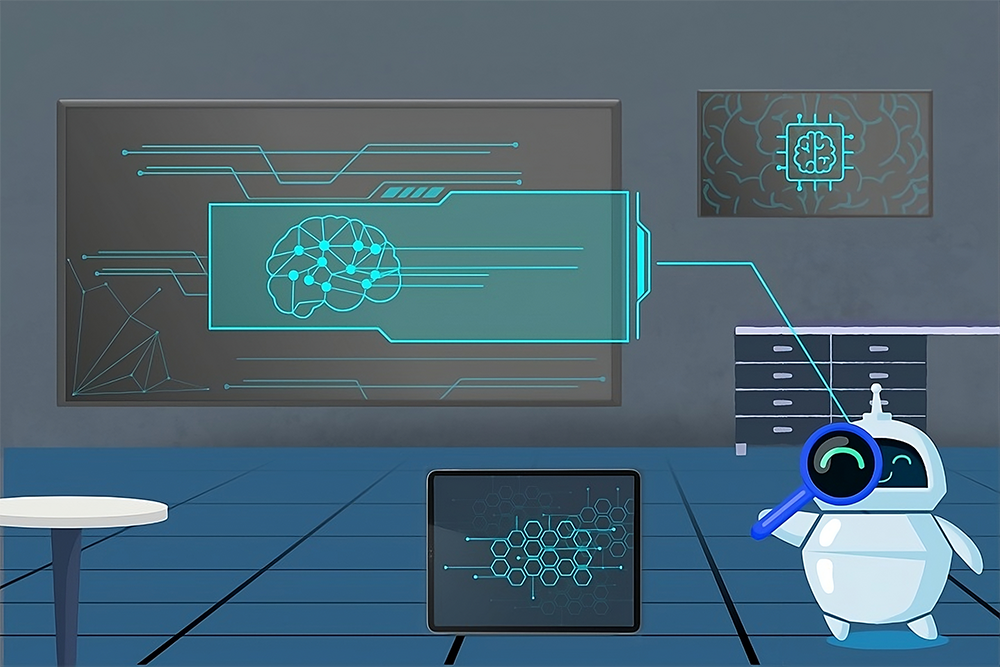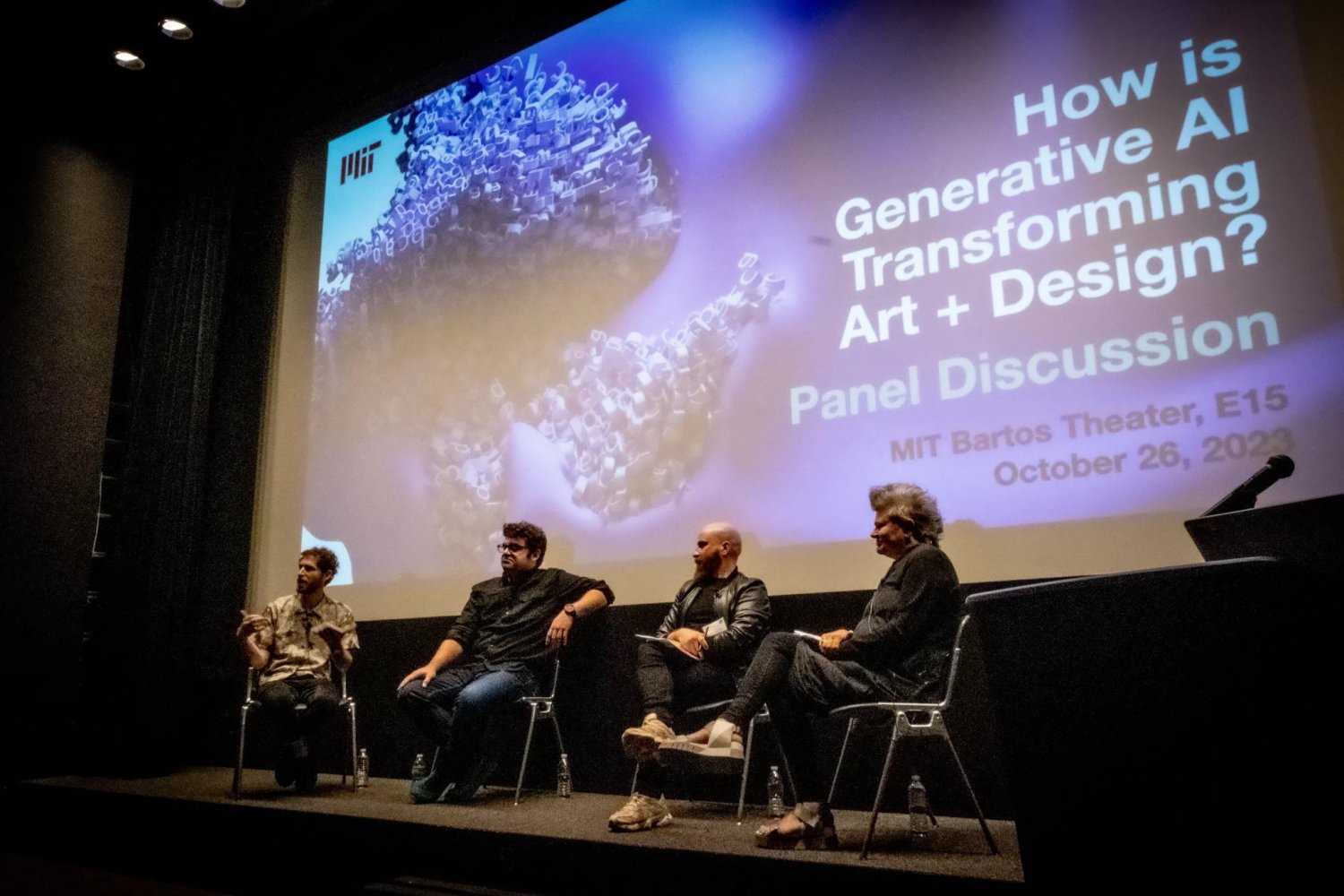Author: 0knmk

Technique could efficiently solve partial differential equations for numerous applications | MIT News
In fields such as physics and engineering, partial differential equations (PDEs) are used to model complex physical processes to generate insight into how some of the most complicated physical and natural systems in the world function. To solve these difficult equations, researchers use high-fidelity numerical solvers, which can be very time-consuming and computationally expensive to…

McAfee unveils AI-powered deepfake audio detection
McAfee has revealed a pioneering AI-powered deepfake audio detection technology, Project Mockingbird, during CES 2024. This proprietary technology aims to defend consumers against the rising menace of cybercriminals employing fabricated, AI-generated audio for scams, cyberbullying, and manipulation of public figures’ images. Generative AI tools have enabled cybercriminals to craft convincing scams, including voice cloning to…

OpenAI’s GPT Store to launch next week after delays
OpenAI has announced that its GPT Store, a platform where users can sell and share custom AI agents created using OpenAI’s GPT-4 large language model, will finally launch next week. An email was sent to individuals enrolled as GPT Builders that urges them to ensure their GPT creations align with brand guidelines and advises them…

AI agents help explain other AI systems | MIT News
Explaining the behavior of trained neural networks remains a compelling puzzle, especially as these models grow in size and sophistication. Like other scientific challenges throughout history, reverse-engineering how artificial intelligence systems work requires a substantial amount of experimentation: making hypotheses, intervening on behavior, and even dissecting large networks to examine individual neurons. To date, most…

MyShell releases OpenVoice voice cloning AI
A new open-source AI called OpenVoice offers voice cloning with unprecedented speed and accuracy. Developed by researchers at MIT, Tsinghua University, and Canadian startup MyShell, OpenVoice uses just seconds of audio to clone a voice and allows granular control over tone, emotion, accent, rhythm, and more. MyShell unveiled OpenVoice in a post this week, linking…

Complex, unfamiliar sentences make the brain’s language network work harder | MIT News
With help from an artificial language network, MIT neuroscientists have discovered what kind of sentences are most likely to fire up the brain’s key language processing centers. The new study reveals that sentences that are more complex, either because of unusual grammar or unexpected meaning, generate stronger responses in these language processing centers. Sentences that…

The creative future of generative AI | MIT News
Few technologies have shown as much potential to shape our future as artificial intelligence. Specialists in fields ranging from medicine to microfinance to the military are evaluating AI tools, exploring how these might transform their work and worlds. For creative professionals, AI poses a unique set of challenges and opportunities — particularly generative AI, the…

AI won’t replace judges but will ‘transform our work’
In the Federal Judiciary’s year-end report, US Chief Justice John Roberts addressed the potential impact of AI on the judicial system. In particular, he aimed to quell concerns about the obsolescence of judges in the face of technological advancements. “As 2023 draws to a close with breathless predictions about the future of artificial intelligence, some…

Leveraging language to understand machines | MIT News
Natural language conveys ideas, actions, information, and intent through context and syntax; further, there are volumes of it contained in databases. This makes it an excellent source of data to train machine-learning systems on. Two master’s of engineering students in the 6A MEng Thesis Program at MIT, Irene Terpstra ’23 and Rujul Gandhi ’22, are…

MIT in the media: 2023 in review | MIT News
It was an eventful trip around the sun for MIT this year, from President Sally Kornbluth’s inauguration and Mark Rober’s Commencement address to Professor Moungi Bawendi winning the Nobel Prize in Chemistry. In 2023 MIT researchers made key advances, detecting a dying star swallowing a planet, exploring the frontiers of artificial intelligence, creating clean energy…